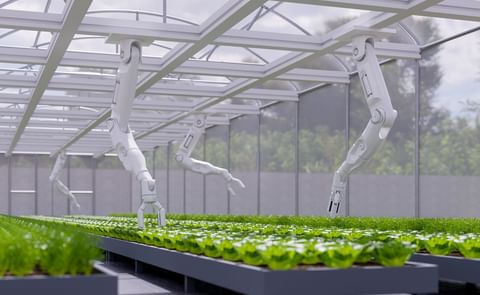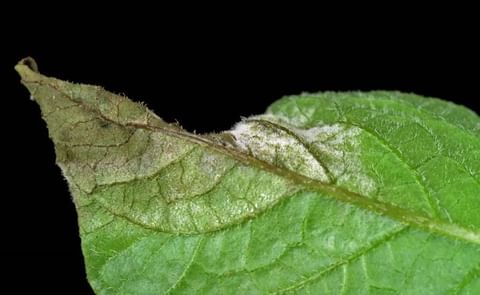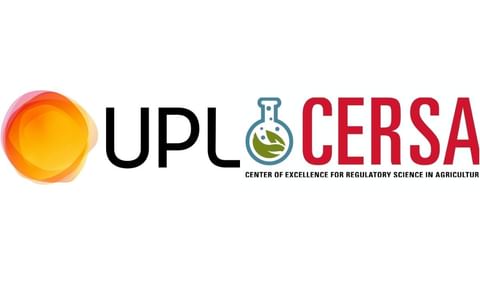Traditional potato farming practices in the Andes that once provided in situ conservation of the vast diversity of native varieties have been waning over the past decades. Roads now bring in truckloads of rice, pasta and other sources of convenient carbohydrates to these once remote villages 4,000 meters above sea level.
By 2002, farmers were noticing that the decline of their traditional practices led to a low supply of quality potato seed and output. As well, their potatoes had become more susceptible to pests and disease.
Communities in Huancayo, Peru heard about the potato collection at the International Potato Center (CIP) and travelled to its headquarters in Lima in hopes of acquiring clean seeds.
In response, CIP began repatriating disease-free germplasm to farmers in Andean communities Ten years later, 2012 marks the first time that native potato varieties have been repatriated to the communities as in-vitro potato samples.
“Repatriation through in-vitro seedlings offers the highest quality of clean seed,” says Rene Gomez, the native potato curator at the CIP’s genebank.
“It took us 10 years to build the infrastructure and train the communities to be able to receive potato samples by in-vitro. But if you look at it from a big picture perspective, 10 years is just a dent in the history of potato farming, which dates back 10,000 years,” adds Gomez.
In 1971, when CIP began collecting potatoes from Peru’s highland, the fields abounded with diversity. Centuries of traditional farming methods meant that on average each Andean farmer planted a bountiful 400 varieties of potatoes a season on hectare-small plots.
CIP initiated its collection to conserve the genetic resources of potato and widen the selection of desirable traits for breeding improved spuds. Today, CIP houses the world’s largest potato collection – more than 7,000 accessions in an earth-quake proof, state-of-the-art conservation chamber. This vast genetic diversity is now an insurance policy to deal with unforeseen events and climate change, as biodiversity offers a wide portfolio of traits, valuable for adapting to changing environments.
CIP’s collection now serves as backup to the biodiversity lost in the fields. To date, CIP has repatriated 410 native potatoes varieties among communities across the Andes. The long-term aim is to establish thriving community genebanks to ensure that the genetic resources underpinning the food supply are secure for farmers today, and in the future.
- News
- Potato Supply chain
- Native potatoes get...
Native potatoes get a clean start from repatriated in-vitro seedlings

February 19, 2012
Like to receive news like this by email? Join and Subscribe!
NEW! Join Our BlueSky Channel for regular updates!
Related Topics:
Highlighted Company
Related News

June 23, 2025
Robots in Potato Farming: How Technology Helps Growers Overcome Labor Shortages and Boost Productivity
Robots in potato farming help ease labor shortages, cut costs, and boost yields by automating tasks like planting and harvesting. Paired with smart tools like crop monitoring, they improve efficiency, reduce waste, and support sustainable farming.
June 23, 2025
2025 Fight Against Blight Launches with New Tools to Tackle Evolving Potato Disease Threats
The 2025 Fight Against Blight campaign begins with new tools to track late blight in UK potatoes, warning of evolving fungicide resistance and urging growers to stay vigilant.
June 23, 2025
Global Mancozeb Summit: Addressing Its Crucial Role in Crop Protection Ahead of EU Court Hearing
UPL Corp and CERSA at NC State University hosted the Global Mancozeb Summit at Rothamsted Research, UK, gathering global experts to discuss mancozeb’s vital role in crop protection as the EU prepares to review its regulatory status.Latest News
Sponsored Content
Sponsored Content
Sponsored Content
Sponsored Content
Where
Sponsored Content




